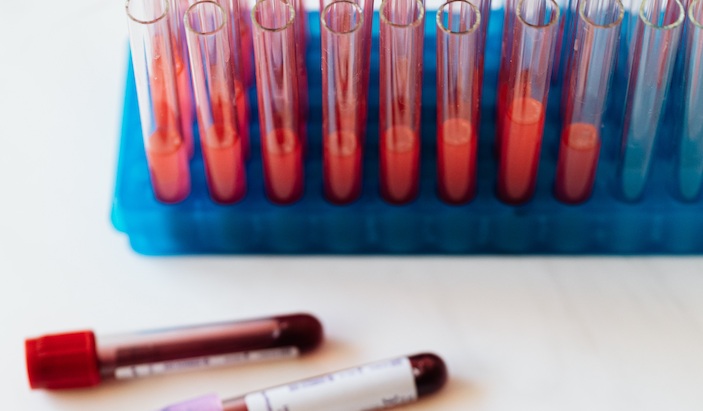Serology in animal health is a term often heard in medical and veterinary circles, stands as a crucial tool in the realm of animal health diagnostics In its simplest form, serology involves a laboratory test that examines the serum portion of a blood sample to detect the presence of antibodies or other substances. Serum, the amber-colored liquid that separates when blood coagulates, is rich in valuable information about an animal’s immune response. These antibodies, produced by the body’s immune system in response to foreign invaders like viruses or bacteria, play a pivotal role in identifying exposure or infection. As we explore the nuances of serology, it becomes clear that its appropriate use can significantly contribute to the overall well-being of animals and, consequently, impact the producer’s bottom line.

The Foundation of Serology
Serology techniques, with their decades-long history, boast a proven track record of reliability in veterinary medicine. Accepted widely by animal health professionals, these tests are instrumental in diagnosing infectious diseases in animals. The traditional approach involves identifying specific antibodies through validated serological assays. This method, widely regarded for its accuracy, utilizes antibodies as indicators for various infectious agents.
Timeline of Antibody Production
When an animal encounters a foreign substance or infectious agent for the first time, specific antibodies become detectable in the serum within 10–14 days. This time frame varies depending on factors such as the nature, amount, and route of exposure to the agent. Notably, the age and immune status of the animal, internal parasite loads, injuries, and the sensitivity of the test used can influence antibody production and testing results.
Understanding the Dynamics
It’s crucial to recognize that the presence of antibodies doesn’t necessarily indicate an active infection at the time of sampling. For some infectious organisms, the production of detectable antibodies may extend beyond the typical 14-day window. Take, for instance, equine infectious anemia virus, where antibodies may be detectable for less than 60 days post-exposure. Exceptions aside, the presence of antibodies generally signifies exposure to a disease-causing organism or the circulation of maternal antibodies.
Holistic Measures for Animal Health
Beyond serology, several holistic measures can contribute to enhanced animal health and increased production, ultimately benefiting the producer’s bottom line. Maintaining a closed herd, where feasible, helps minimize the introduction of new diseases. Additionally, keeping detailed identification and health records for each animal provides valuable insights into their well-being and medical history.
Quarantine and Biosecurity Practices
Introducing new animals or welcoming returning ones requires a strategic approach. All new or returning animals should undergo a minimum quarantine period of three weeks. During this time, close daily observation is crucial, and separate tools and equipment should be dedicated to their care. This not only minimizes the risk of disease spread but also allows for early detection of potential health issues.
Disinfection Practices
Appropriate disinfection practices during critical activities such as milking, shearing, and herd health activities are essential components of a robust biosecurity plan. This can include using a new needle for each animal, reducing the danger of spreading infection. This proactive approach helps prevent the spread of pathogens within the herd, contributing to overall animal health and productivity.
Conclusion
In the world of animal health diagnostics, serology emerges as a stalwart ally, providing insights into exposure, infections, and overall health. As we integrate a holistic approach, recognizing the significance of appropriate laboratory tests, maintaining biosecurity measures, and embracing sound management practices, we pave the way for improved animal well-being and increased production. In this comprehensive framework, the collaboration between serology and other preventive measures becomes a powerful strategy for safeguarding the health and profitability of our livestock.

